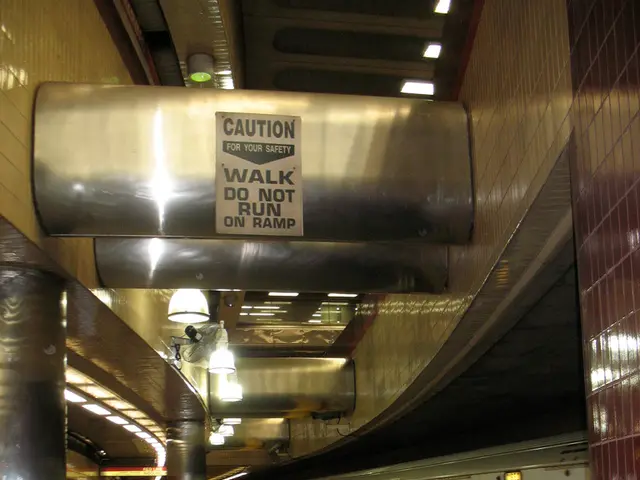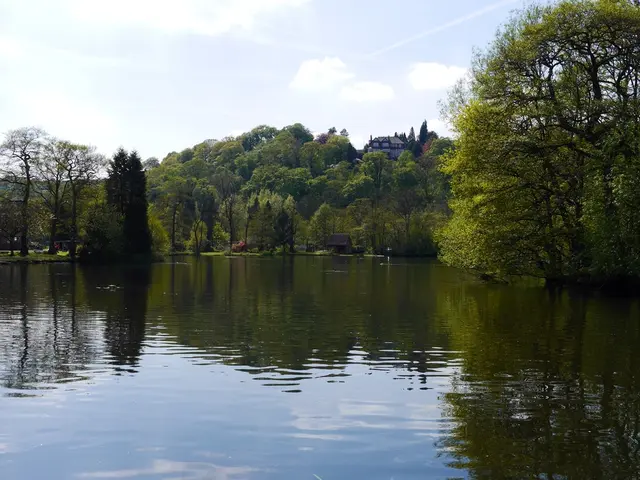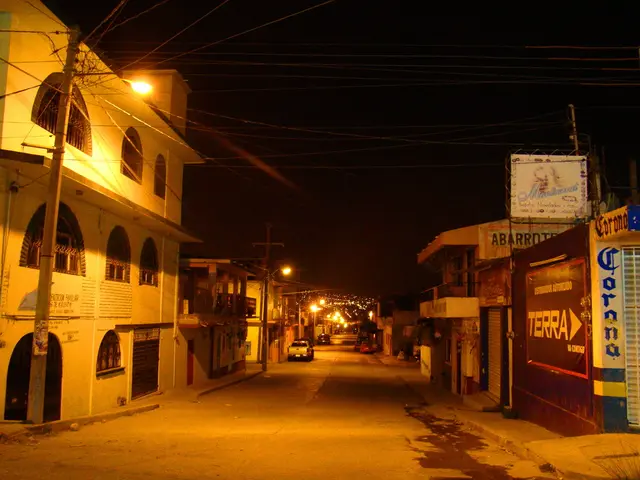Returning Residents Gain Increasing Confidence to Rebuild Lives Near Lebanon Border after Evacuation
Quiet Array of Homes and Barbed Wire: Israelis Return Home Along the Contested Israel-Lebanon Border
Since the ceasefire agreement between Israel and Hezbollah, the border region between the two nations has been quieter, allowing for the timid return of Israeli residents who fled the area following a year of hostilities. NPR's Hadeel Al-Shalchi reports on the gradual, yet questioned, resumption of life along the tense borderline.
In the tranquil town of Shlomi, nestled in northern Israel, sprawling houses with well-groomed lawns and balconies with Israeli flags fluttering in the wind capture a sense of peace. Avram Moreno, an 81-year-old resident, points out the zigzagging wall that demarcates the boundary between Israel and Lebanon from his terrace. Moreno and his wife returned to their Shlomi home around three months ago, despite initially taking refuge in a government-funded hotel during the conflict. They feel a longing for tranquility.
While Israeli forces killed Hezbollah leader Hassan Nasrallah in September and created a buffer zone extending deep into Lebanon, the ceasefire deal is not without violations. The Israeli military has continued to bomb targets in Lebanese territory and destroy infrastructure, according to the United Nations, undermining the peace agreement. Segav Ayash, head of the Shlomi municipality, credits the Israeli military's response to Hezbollah's attacks as a primary factor in the increasing confidence of residents to return.
Yet, not everyone shares this optimism. Mordi Saada and his wife, Liron, evacuated Shlomi with their four children shortly after Hamas launched their attacks. They remain in a nearby town but far from the border. Liron made her way back to Shlomi to survey the damage to her home that had been struck by a Hezbollah rocket. The destruction inflicted on their home still leaves them hesitant to return. The Saada family fears another Hezbollah attack or a resurgence of Hamas infiltration like the one that ignited the conflict.
Six months after the ceasefire, the border area remains volatile, with sporadic violence and military incursions undermining the hope for full normalization. Political and diplomatic efforts continue, with crucial challenges such as disarming Hezbollah and other militias in Lebanon, effective border demarcation, and achieving broad reforms within Lebanon for long-term stability.
The ceasefire has brought some reduction in displacement and violence, but Israel's persistent military operations risk reversing this tenuous progress. The prospects for lasting peace rely on successful political solutions and the adherence to ceasefire terms by all parties involved.
- The general-news in the region discusses the ceasefire between Israel and Hezbollah, with many discussing the impact on local politics and the government's responses to the volatile border situation.
- Meanwhile, in political circles, there are ongoing discussions about crucial challenges such as disarming Hezbollah, effective border demarcation, and achieving broad reforms within Lebanon, which are essential for long-term stability and the resumption of normal news in the area.








